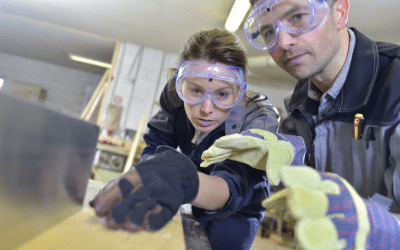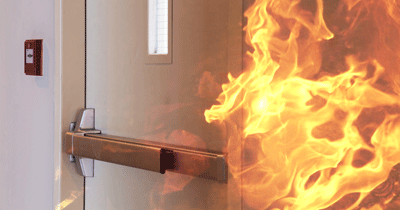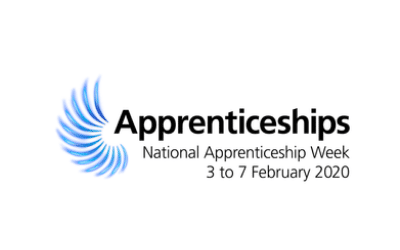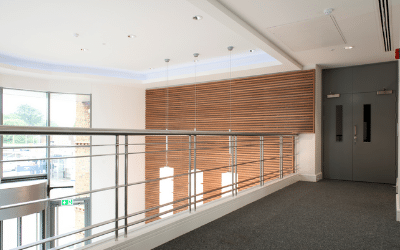Approaching seven million workdays are lost in the UK due to Musculoskeletal Disorders every year with construction topping the naughty list. To combat this, The Health in Construction Leadership Group has set out its stall for 2020 with a plan to reduce musculoskeletal disorder in the sector. A specialist taskforce has been set up to look specifically at plasterboard ingress and this is to be chaired by FIS Technical Director Joe Cilia.
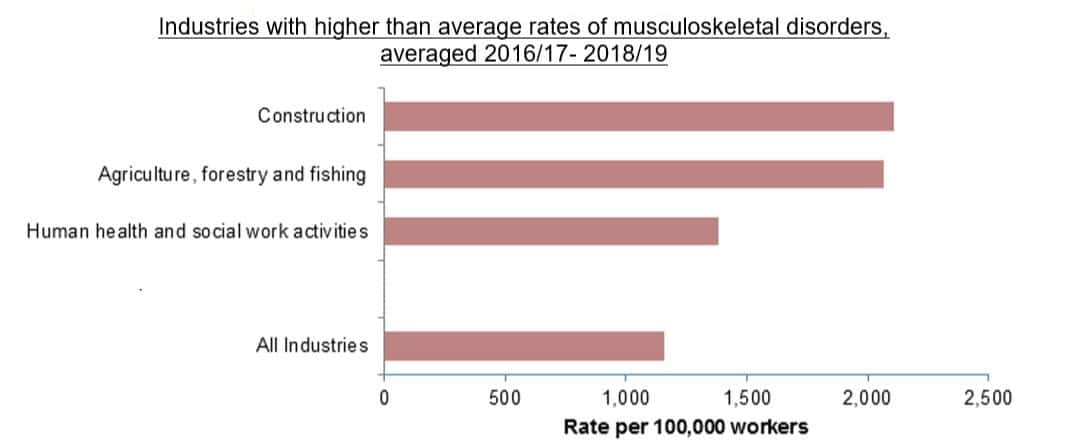
The Health in Construction Leadership Group (HCLG) was formed in 2014 after a challenge from the Health and Safety Executive’s (HSE) Construction Industry Advisory Committee (ConIAC) for the industry to do more to ‘Think Health’ and responding to the influence of ‘Construction 2025’, the Industry Strategy for Construction. The group is comprised of contractors, clients, HSE, professional bodies, trade associations and trade unions.
The taskforce is building on existing best practice guidance, but vitally also looking at the health and economic case for improvements in occupational health and how the supply chain can collaborate more effectively to understand the long term implications of poor sequencing and site lay-out and how designers can factor this thinking into their CDM responsibilities.
Work is being broken down into sections on Planning, Supply and Distribution, Delivery and Offloading, Storage, Vertical Movement, Horizontal Movement, Storage at Point of Installation, the Installation Operation itself, Storage of Off-cuts and Removal and Egress of Waste.
Joe Cilia stated “our aim is to develop a seminal report that will give us a roadmap to improve safety at each stage in the construction process, from procurement through to waste removal. In so doing we will reduce the risk of injury and improve productivity and working conditions for operatives on site. To achieve this we have brought together the supply chain and delivery teams to share best and good practice and make recommendations with health and economic outputs. Within this work it is vital that we consider not just the manual operations, but risks our decisions can create for others, ultimately how the wider construction operation and better sequencing and planning can reduce risk.”
Balfour Beatty, Chair HCLG MSD Task Group Occupational Health and Hygiene Specialist, Health team |HSES| Ian Strudley said ‘’more working days are lost in construction as a result of musculoskeletal disorders than any other single cause of ill-health. There is so much more that we could and should be doing to make sure that we keep people healthy in work and we better manage the consequence of any musculoskeletal ill-health that has been caused in and indeed out of the workplace. I am pleased to say that the Plasterboard Group has already done much to improve productivity and reduce ill-health from the movement and handling of plasterboard materials. These next steps looking at each stage of the construction process will help consolidate this effort to achieve further improvements in musculoskeletal health, and therein achieve additional risk reduction and greater productivity.”
Senior Policy Advisor, Health and Safety Executive Construction Health Team, Sue Brandrick said ‘’tackling work-related ill health is one of HSE’s priorities. There is particular focus on musculoskeletal disorders in sectors, like construction, where they are amongst the most common cause of sickness absence. This has a serious impact on the lives of sufferers, their families and the industry overall.
Working collaboratively and tackling the problem holistically is welcomed by HSE. This is a more effective approach compared to focusing on individual aspects in isolation. I am pleased to be working with HCLG in this area to reduce the health risks to construction workers from lifting, moving and handling large amounts of plasterboard”
FIS is calling for volunteers to support this group please email Joe Cilia to register your interest and find out more about the project (joecilia@thefis.org).








